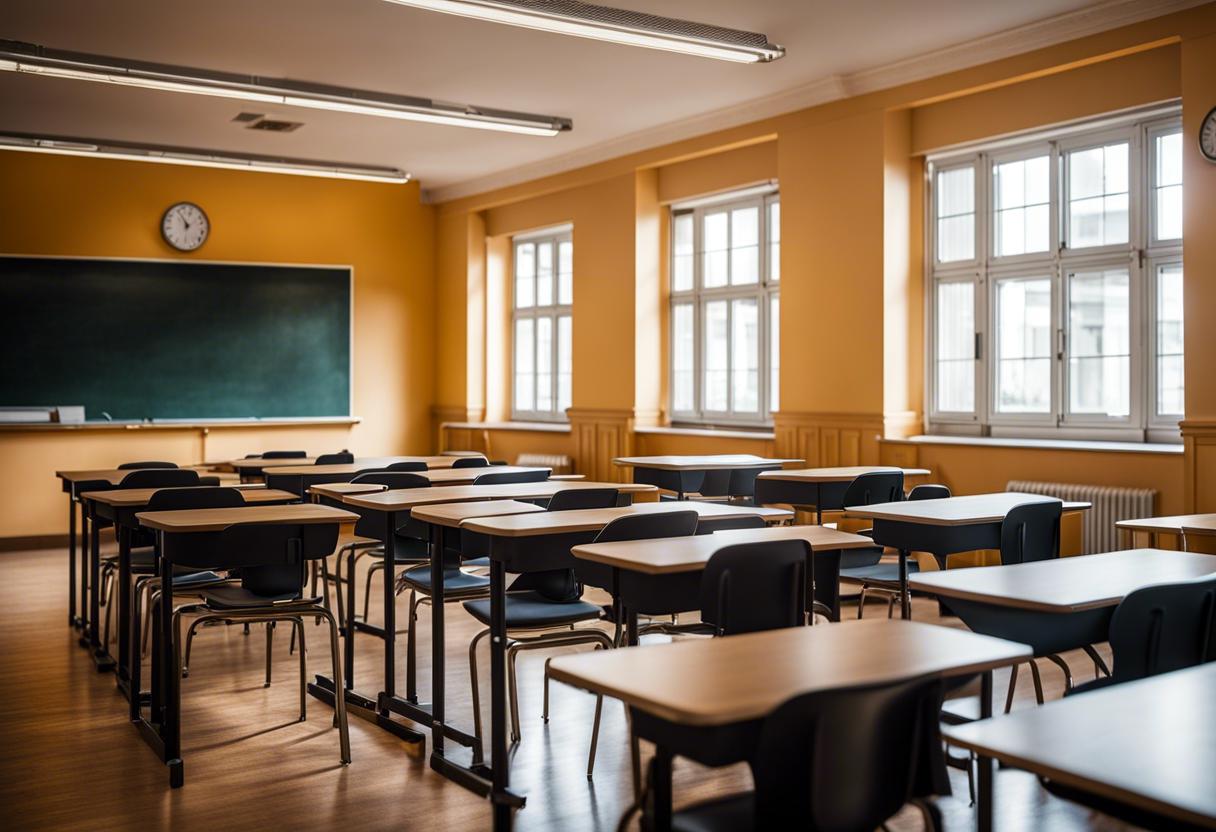According to a report by the Department of Education, in the coming decade the education sector could experience significant changes, including a drastic drop in student numbers and an oversupply of teachers, particularly in areas with fewer residents. The report estimates a substantial decrease of 100,000 pupils, nearly one-fifth of the current population, at the primary school level over the coming ten years. Simultaneously, secondary school attendance is predicted to reach its peak in 2026 before starting to decline.
A surge in births during the recession is the primary driver of these demographic movements. This “baby boom” has already filtered through to primary schools and is set to impact secondary schools in the near future.
At present, Ireland’s average class size is larger than the EU average, standing at 23 students compared to the EU’s 20. Although there has been progress in the recent past towards lowering these numbers, they remain an exception. However, the predicted decline in student population will present future education ministers an ideal opportunity to move towards aligning Irish class sizes with the rest of Europe.
The Irish National Teachers’ Organisation (INTO) advocates for smaller class sizes, arguing that it’s vital for the full development of each student. But not all views are aligned with this. For instance, Andreas Schleicher, the OECD’s director for education and skills, has stated that class size has no correlation with the quality of education.
Moreover, it’s likely that there will be a surplus of teachers in the coming decade. Projections from the Department of Education previously estimated an excess of 13,000 teachers by 2029, primarily at a primary level. The excess at secondary level will not be as significant due to the anticipated growth in student numbers up to 2026, followed by a slow decrease.
A potential solution to this surplus may be a further reduction in class sizes. A rise in demand for special education, with about 300 new specialised classes expected to commence this year, could also use up a lot of this excess teaching capacity. These classes often maintain much smaller class sizes, with one teacher for every six pupils. Despite these developments, the outlook may be grim for schools with declining enrolment.
In Europe, Ireland holds the record for the highest percentage of small-sized schools. Most of its primary schools possess no more than four teachers, impacting nearly 15% of the total primary school attendees. The majority of these schools are situated in the western part of the country, where the population is older and maintains a consistent or declining figure.
According to the department’s regulations, a school can only be closed if there is agreement from the parents or managerial board. Although there’s a general reluctance towards shutting down schools, sentiment can shift rapidly when student count drops below a certain level.
Conversely, parents in various regions of Dublin, along with those living in the surrounding commuter areas, are finding it difficult to secure school placements for their children. Even though a decrease in student enrolment might suggest that this problem will diminish, this may not be the case in certain local communities. Meanwhile, despite a national drop in pupil numbers, several areas are likely to witness an upsurge in the demand for school places.

